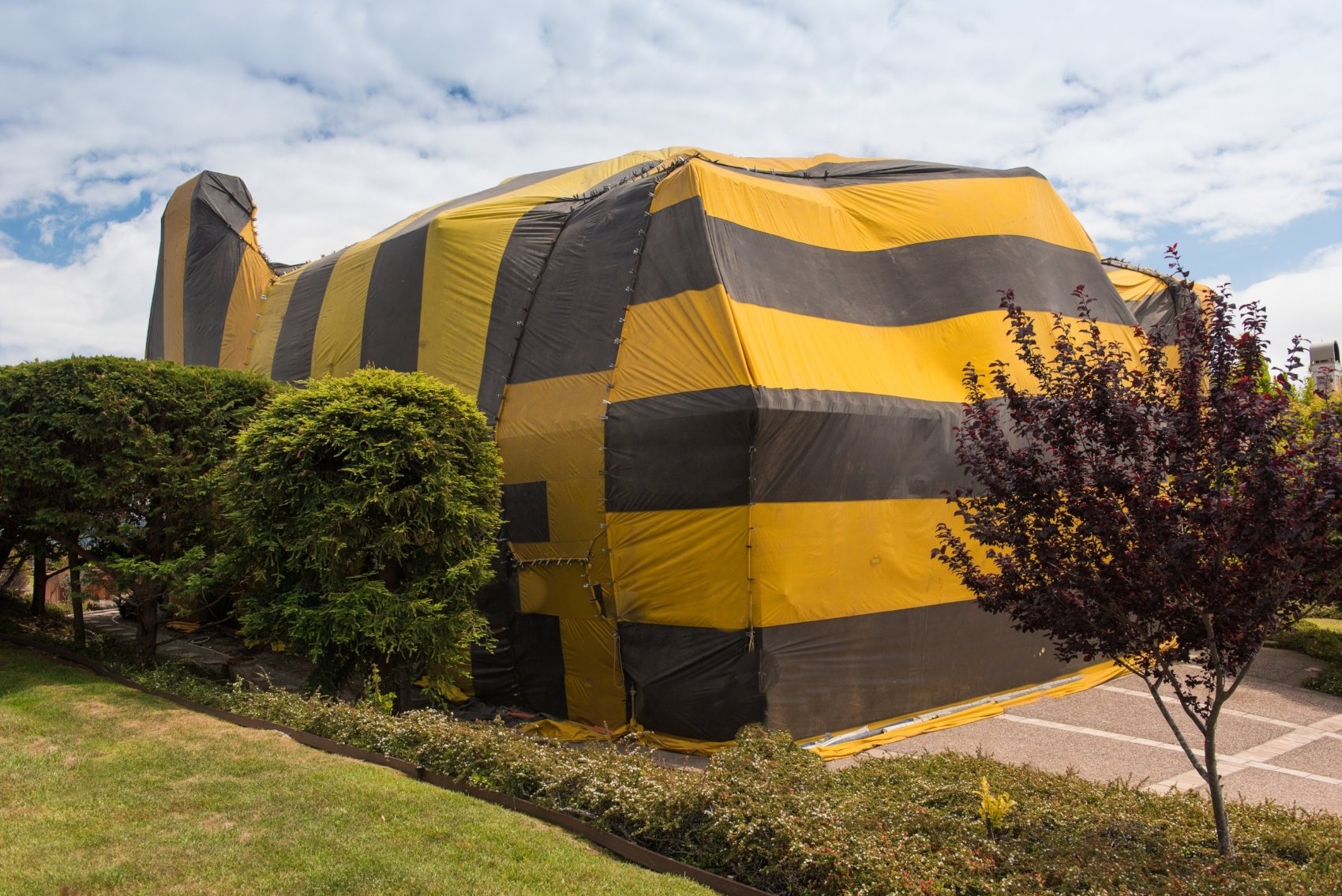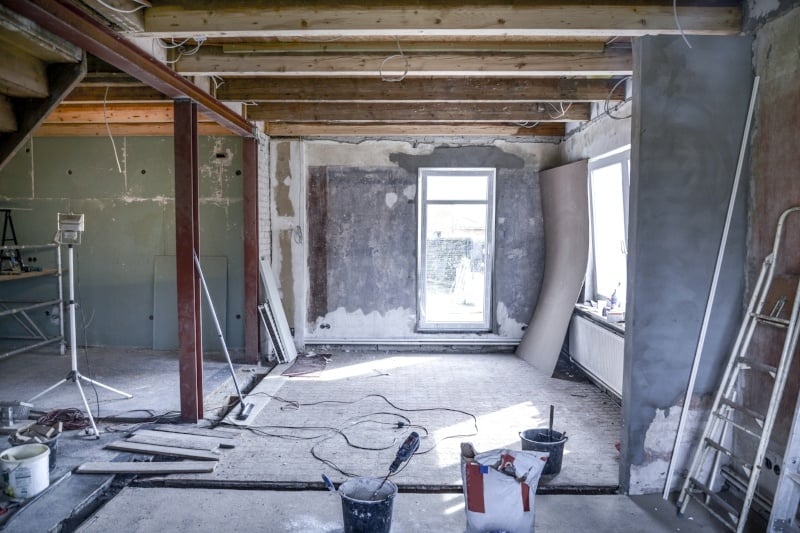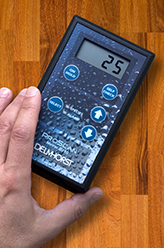Using Moisture Meters to Identify and Remediate Pest Infestations

Pest control is a year-round issue for many parts of the U.S. In the warmer regions of the country, even the dead of winter is no protection from the endless onslaught of rats, roaches, termites, and other pest species. Normally, the first thing that most people think of when they need pest control services is to call the exterminator—a specialist who knows how to locate and destroy common pests.
However, what many people don’t know is that top-tier exterminators use one of the same tools as the best water damage remediation/restoration experts: a moisture meter.
Why Use Moisture Meters to Find and Deal with Pest Infestations?
Many pest species are drawn to dark and damp locations where they can be safe from a building’s occupants and get plenty of food. Excess moisture in a structure can help create an optimal environment for all kinds of pests, allowing them to set up nests and gain a foothold in the structure that makes them more difficult to remove.
Moisture meters can help restoration and pest control experts track down moisture intrusion sources in a building that can attract pests. From there, they can remove the problem causing moisture to build up in the structure. This removes the water source that pests could use to thrive.
Alternatively, if a nest is already established, using moisture meters to follow the excess moisture to its source can help pest control experts find that nest so they can eliminate it.
Using Moisture Meters to Find Pest Infestations
So, how can pest control and structure restoration experts use moisture testing devices to track down pest infestations?
There are a few ways to do this, depending on the moisture testing tools available:
- Thermo-Hygrometers. If the expert has thermo-hygrometers available to them, they can check the relative humidity (RH) levels in different rooms/areas of the structure. If one area has a significantly higher RH level than others, odds are that there is a lot of excess moisture in that room. This helps experts narrow down the search area for moisture intrusion sources so they aren’t having to manually check every square inch of the building.
- Pinless Moisture Meters. Pinless meters are a great tool for quickly checking large areas of a structure for excess moisture. The user just has to push the scanning plate of the meter against a large, flat surface and press a button. Then, they can lift the meter, push it against another flat surface, and press the button again. This process can be repeated until the user has checked every flat surface in a room, if need be. This helps to quickly locate moisture pockets that may be hidden where they can’t be seen with the naked eye.
- Pin Type Moisture Meters. Pin moisture meters can take measurements of moisture in irregularly-shaped surfaces that pinless meters can’t scan. They’re also excellent for determining the exact depth and size of a moisture pocket in building materials.
Some high-quality moisture meters combine the functions of two, or even all three, of the above devices.
Generally, professionals will start with thermo-hygrometers to narrow down the search area for a moisture pocket to a single room (or a few adjacent rooms), then move on to using pinless moisture meters to quickly scan the room that has the highest RH readings. This is often enough to find the general area of a moisture pocket for remediation to begin.
If greater accuracy is desired, experts can use a pin moisture meter, a nail, and some ductile wire to perform a test that helps locate the moisture intrusion source. Here’s the process:
- Find the general location of the moisture pocket using either a pinless meter or the pin meter.
- Push a nail into the moisture-compromised material.
- Attach a ductile wire to the nail and connect the other end of the wire to one of the moisture meter’s pins.
- Take the other pin and push it into the material.
- Take a reading of the material’s moisture content.
- Remove the pin, place it into a different spot in the material, and take another reading.
- Repeat the process, completing a circle around the nail until you’ve identified the extent of the wet area.
During this test, the user might notice that some parts of the wall are returning a “wet” indication while others are reading as “dry.” This helps an expert determine what direction the moisture contamination is coming from, which is useful for tracking down the source of moisture intrusion in a structure. Odds are, if there are pests in the structure, they’ll make their home somewhere close to that moisture intrusion source or the moisture pockets it creates.
That’s how you can use moisture meters to track down potential pest infestations in a structure.
Need help with using moisture meters? Or, need to find the best moisture meters for tracking down pests? Contact the experts at Delmhorst Instrument Co. for advice.
Subscribe to Our Blog
Post Related

5 Ways You Can Use Moisture Meters for Restoration Jobs


